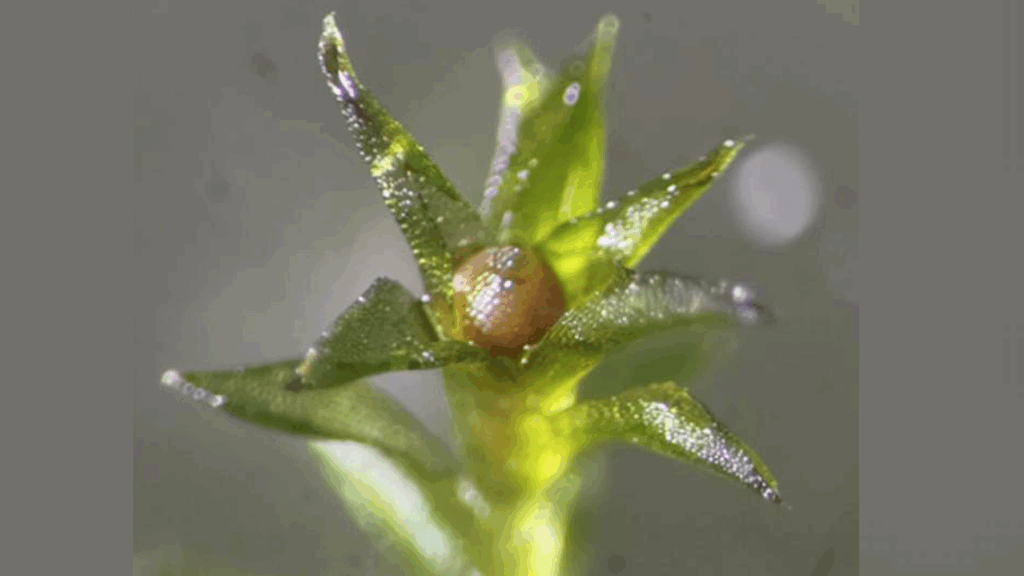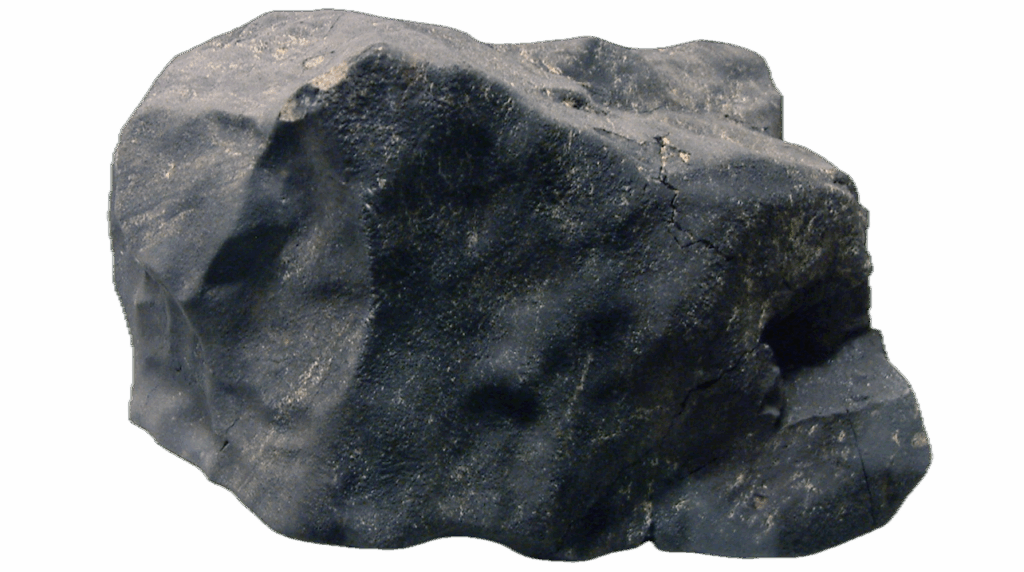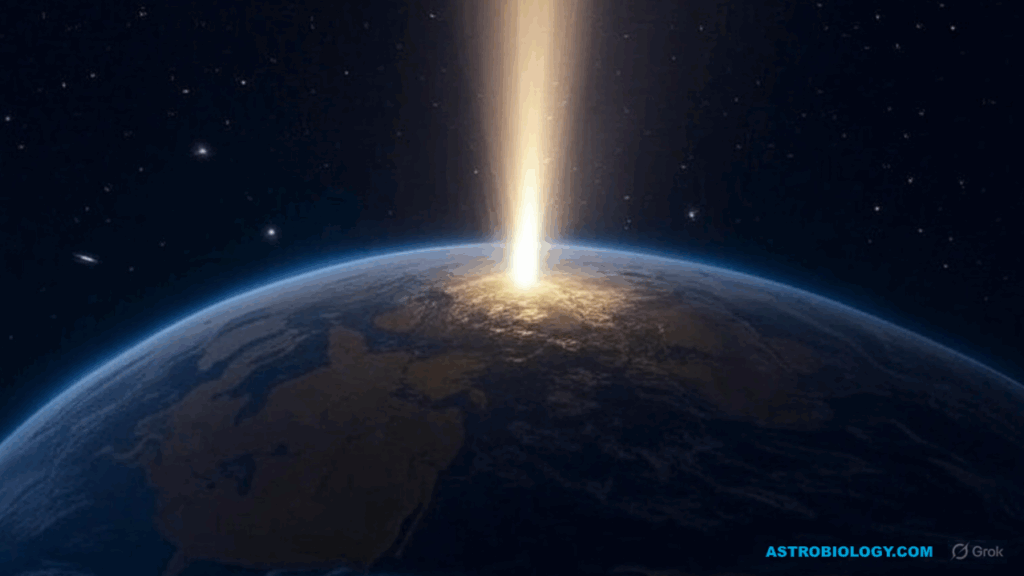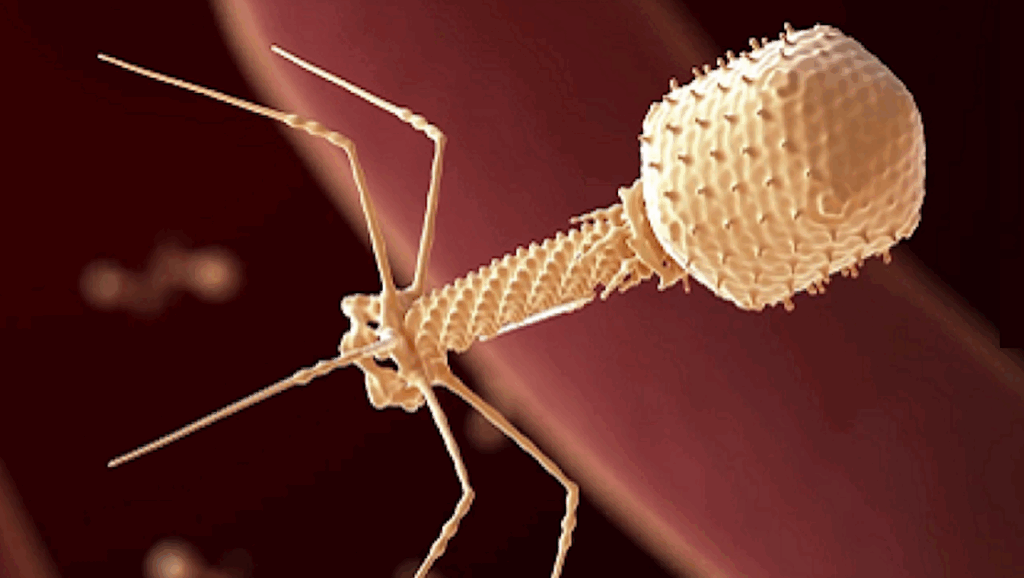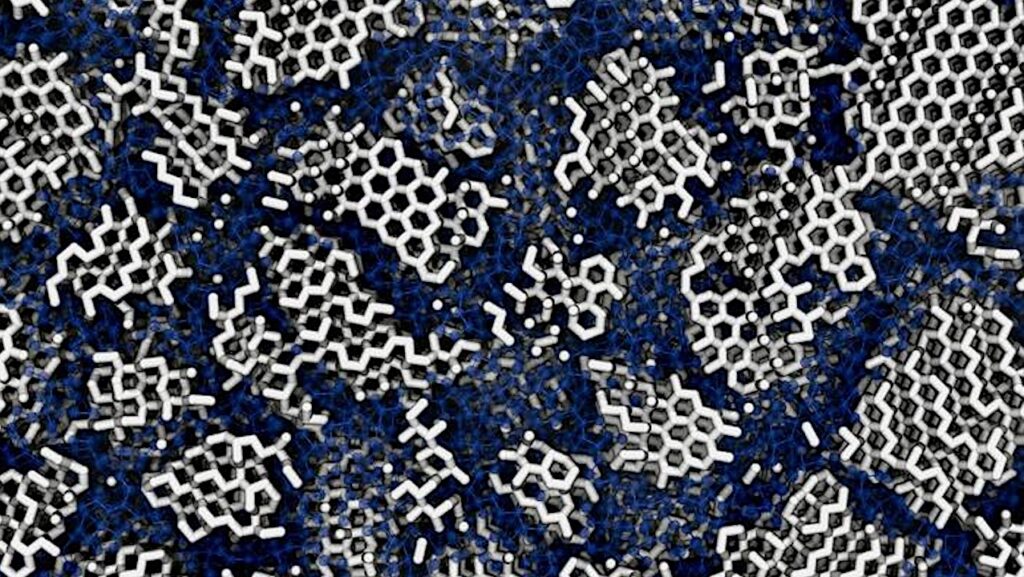Galactic Panspermia

We present an analytic model to estimate the total number of rocky or icy objects that could be captured by planetary systems within the Milky Way galaxy and result in panspermia should they harbor life. We estimate the capture rate of objects ejected from planetary systems over the entire phase space as well as time.
Our final expression for the capture rate depends upon the velocity dispersion as well as the characteristic biological survival time and the size of the captured object. We further take into account the number of stars that an interstellar object traverses, as well as the scale height and length of the Milky Way’s disk.
The likelihood of Galactic panspermia is strongly dependent upon the survival lifetime of the putative organisms as well as the velocity of the transporter. Velocities between 10 − 100 km s−1 result in the highest probabilities. However, given large enough survival lifetimes, even hypervelocity objects traveling at over 1000 km s−1 have a significant chance of capture, thereby increasing the likelihood of panspermia. Thus, we show that panspermia is not exclusively relegated to solar-system sized scales, and the entire Milky Way could potentially be exchanging biotic components across vast distances.
Idan Ginsburg, Manasvi Lingam, Abraham Loeb
(Submitted on 10 Oct 2018)
Comments: 6 pages, 1 figure
Subjects: Earth and Planetary Astrophysics (astro-ph.EP); Astrophysics of Galaxies (astro-ph.GA)
Cite as: arXiv:1810.04307 [astro-ph.EP] (or arXiv:1810.04307v1 [astro-ph.EP] for this version)
Submission history
From: Idan Ginsburg
[v1] Wed, 10 Oct 2018 00:32:42 GMT (58kb,D)
https://arxiv.org/abs/1810.04307
Astrobiology


